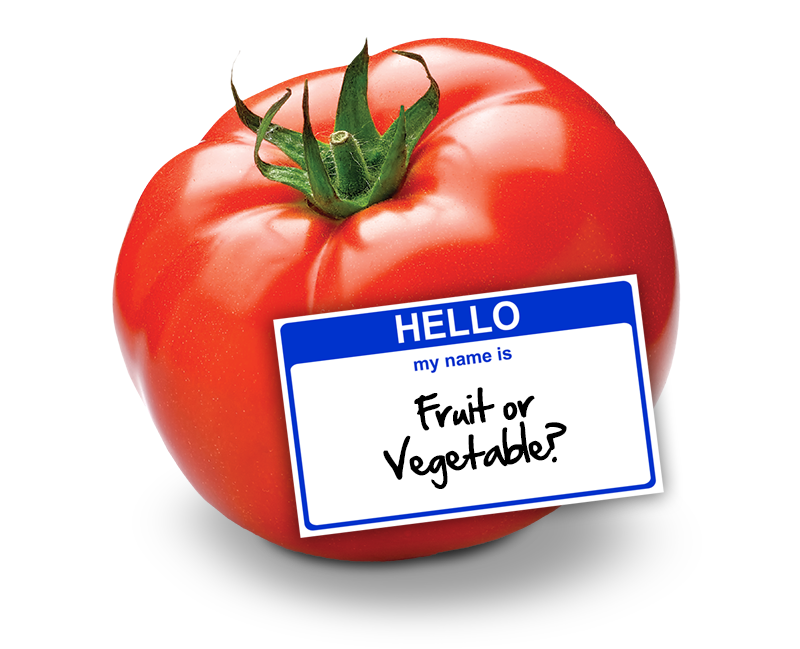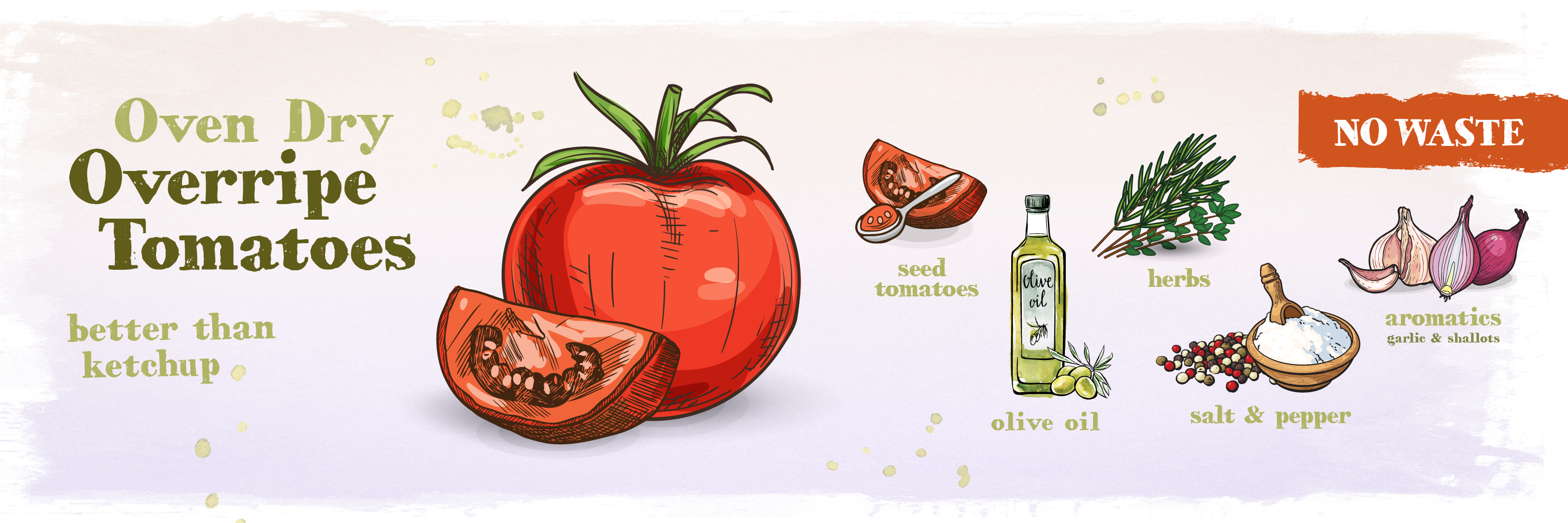
What the Supreme Court Says About the Tomato, and Other Things to Know.
Can you remember that tomato your family grew in their garden, that tomato full of summer goodness, bursting forth with a warmth and flavor that we are forever chasing?
I do too.
Food is often evocative, bringing someone back to a specific time or place, sparking memories of time gone by.
Picked and quickly washed, sprinkled with a touch of salt, these gems can often be the perfect food, but it wasn’t always this way. In 18th century Europe, the tomato was feared, and garnered a macabre nickname—the poison apple. People assumed it was the tomato, and they were partly correct, but it was actually the reaction with the common pewter plates that led to lead poisoning.
So what caused the change in attitude towards the tomato? Quite simply, it was pizza in the late 19th century. Tomatoes had long been a food crop in Central and South America, thought to have originally been cultivated in the Andean Countries of South America. Slowly but surely, they made their way to Europe, and then redundantly, back to the Americas. In fact, Thomas Jefferson seems to have been an early fan, recording his first tomato harvest in 1781, and as the years past, more cities and regions were introduced to what is now a favorite produce item in America.
We have a few questions that still linger…
First, is the tomato a fruit or a vegetable?
Well, that depends on who you ask. A botanist describes a fruit as “…an entity that develops from the fertilized ovary of a flower.” This means that tomatoes, squash, pumpkins, cucumbers, peppers, eggplants, corn kernels, and bean and pea pods are all fruits; so are apples, pears, peaches, apricots, melons and mangos. A vegetable, botanically, is any edible part of a plant that doesn’t happen to be a fruit, as in leaves (spinach, lettuce, cabbage), roots (carrots, beets, turnips), stems (asparagus), tubers (potatoes), bulbs (onions), and flowers (cauliflower and broccoli).”
“Knowledge is knowing that a tomato is a fruit, wisdom is not putting it in a fruit salad.”– Miles Kington
On the other hand, the Supreme Court in Nix v. Hadden had this to say, ““Botanically speaking,” said Justice Gray, “tomatoes are the fruit of the vine, just as are cucumbers, squashes, beans and peas. But in the common language of the people…all these vegetables…are usually served at dinner in, with, or after the soup, fish, or meat, which constitute the principal part of the repast, and not, like fruits, generally as dessert.”
Secondly, what can you do with your tomato bounty from your garden or favorite produce supplier?
Sure, BLTs, tomato salads, and sauces are all great ideas, but roasting them is an underused technique that makes a great tomato even better. Simply sliced in halves or even quarters, season the tomatoes with a touch of salt and pepper, drizzle lightly with olive oil and add some thyme, rosemary and a hint of garlic. Cook the tomatoes slowly at 325 degrees for about an hour or until the tomatoes are soft and slightly browned. Once cooked, use them in salads, tossed in pasta with some freshly torn basil or even on a sandwich. Trust us, you will love them.

Contact your Marketing Associate about adding tomatoes to your next order. If you are not a customer, find out how to become one today!
Article submission by Chef Daniel Snowden, the Director of Culinary Development for FreshPoint Central Florida. He has been in the produce industry years almost 20 years and loves getting geeky about food. Follow FreshPoint Central Florida on Facebook and Instagram.
Some tools you can use:
Visit freshpoint.com for our seasonal availability guides—and while you are there, check out the FreshPress, our latest market report. Place your orders online with ease at myfreshpoint.com. Did you know you can receive real-time reliable delivery alerts on the day of your delivery? Activate and subscribe at FreshPoint.com/mydelivery
Download our app and take your produce management on the go. Place orders, review flyers, watch videos…all in one spot!
Find out more details about our UBU program, and how we are shining a spotlight on food waste while making value and food safety a priority.
We buy local to strengthen regional economies, support family farms, preserve the local landscape, and to provide fresh-from-the-farm food to our customers. Local.freshpoint.com connects you to your local farmers like never before! Customize your search by zip, city, state, radius…even by crops and growing methods. Pop in your zip code and learn about our local farmers.
Socialize with us!
Did you know we are on YouTube? Head over to our page and check out our 75+ videos. Don’t forget to subscribe, and also be a part of our Bell Team—hit the little bell icon to get notifications when we upload new videos.
Follow FreshPoint, Inc. on Facebook, Twitter, Instagram, and LinkedIn…and follow The Produce Hunter on Instagram as she finds the best specialty produce at the Santa Monica Farmers Market.

